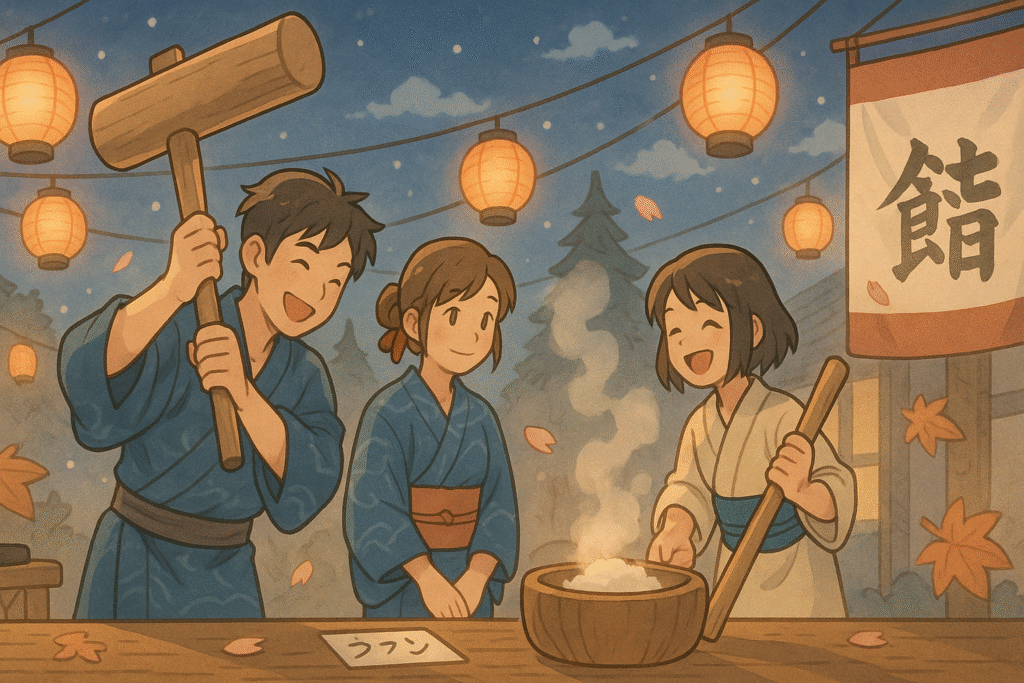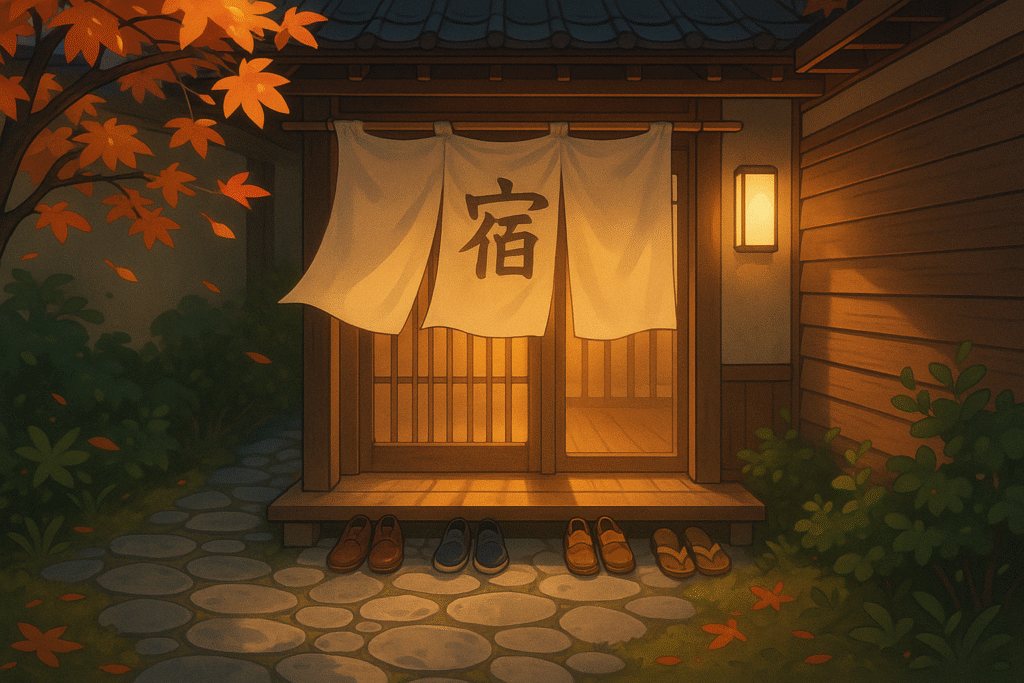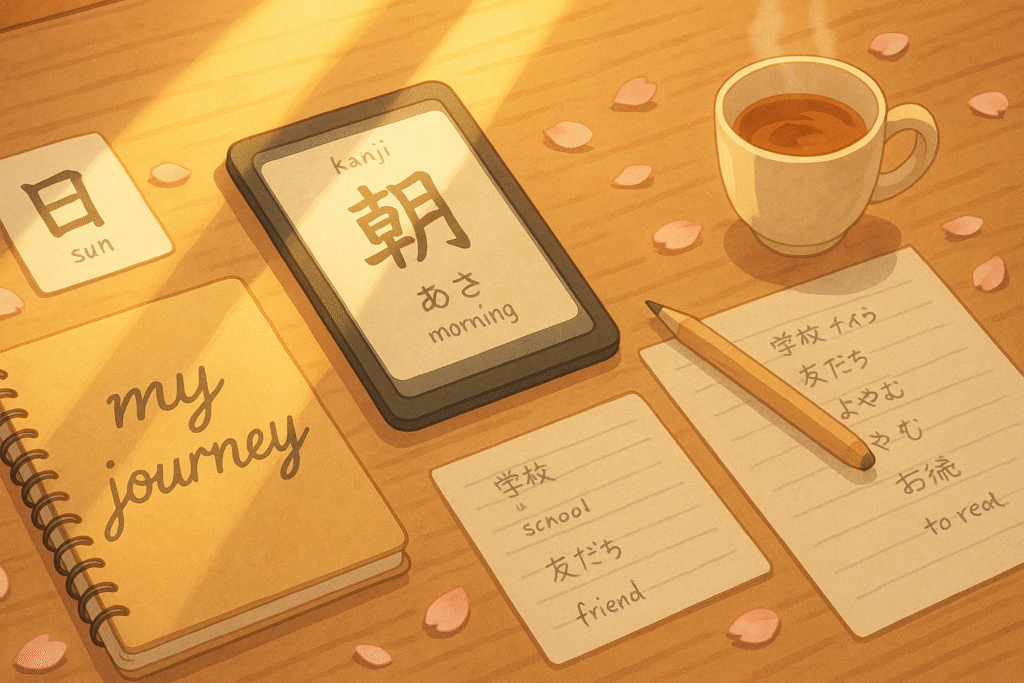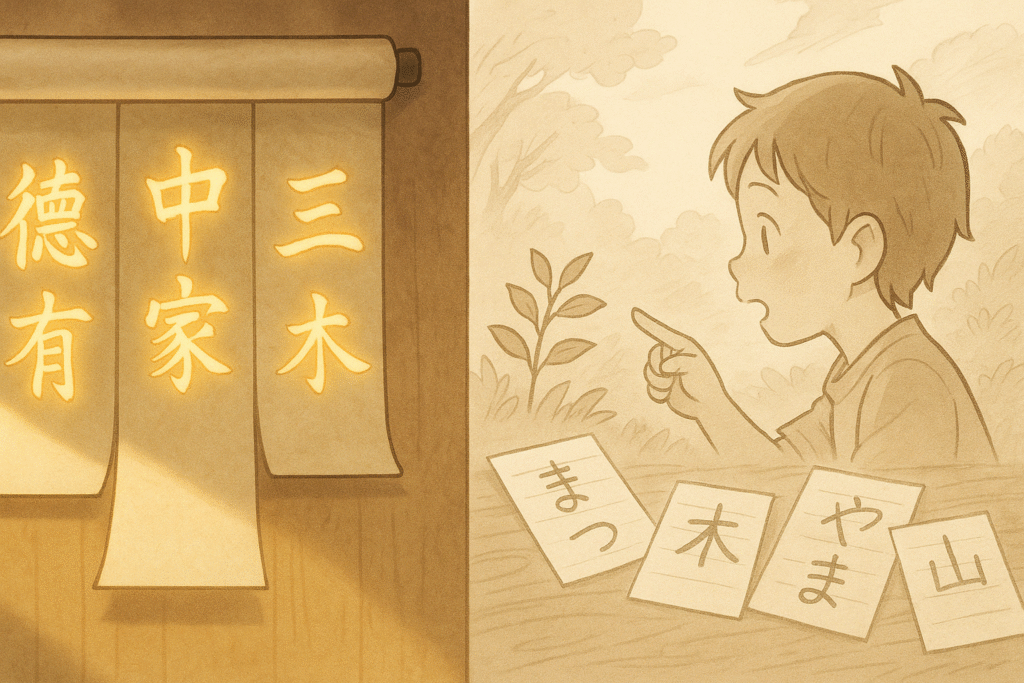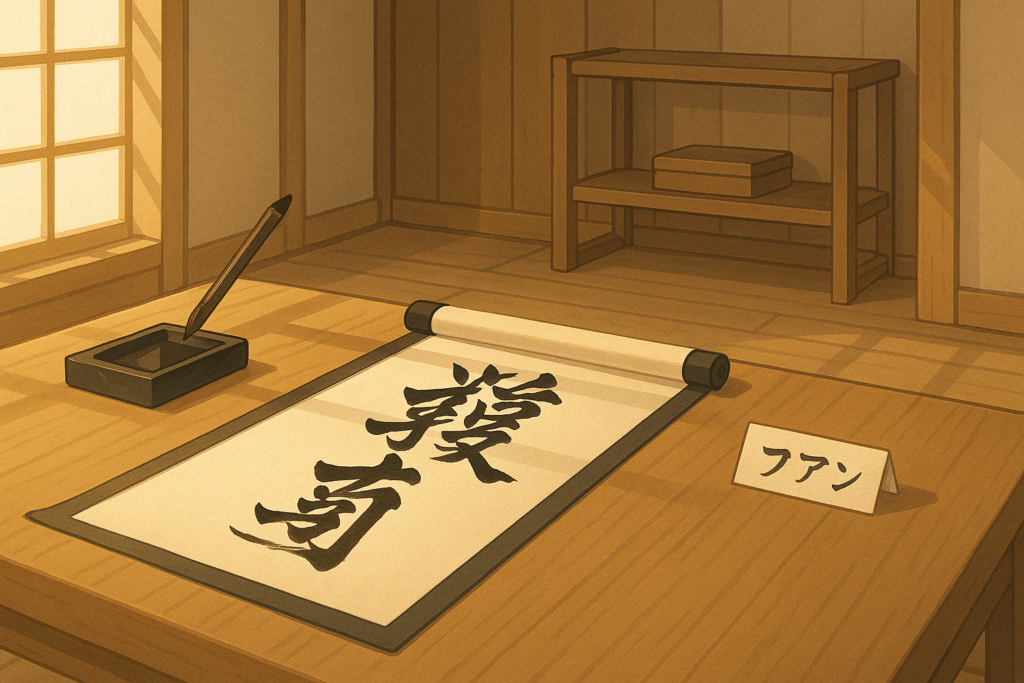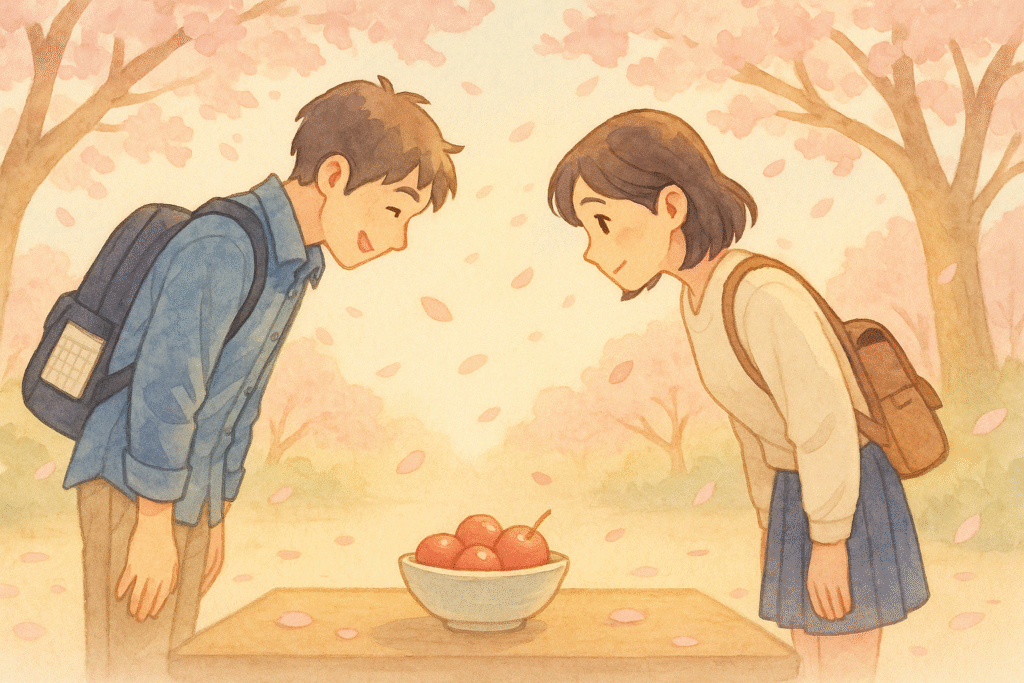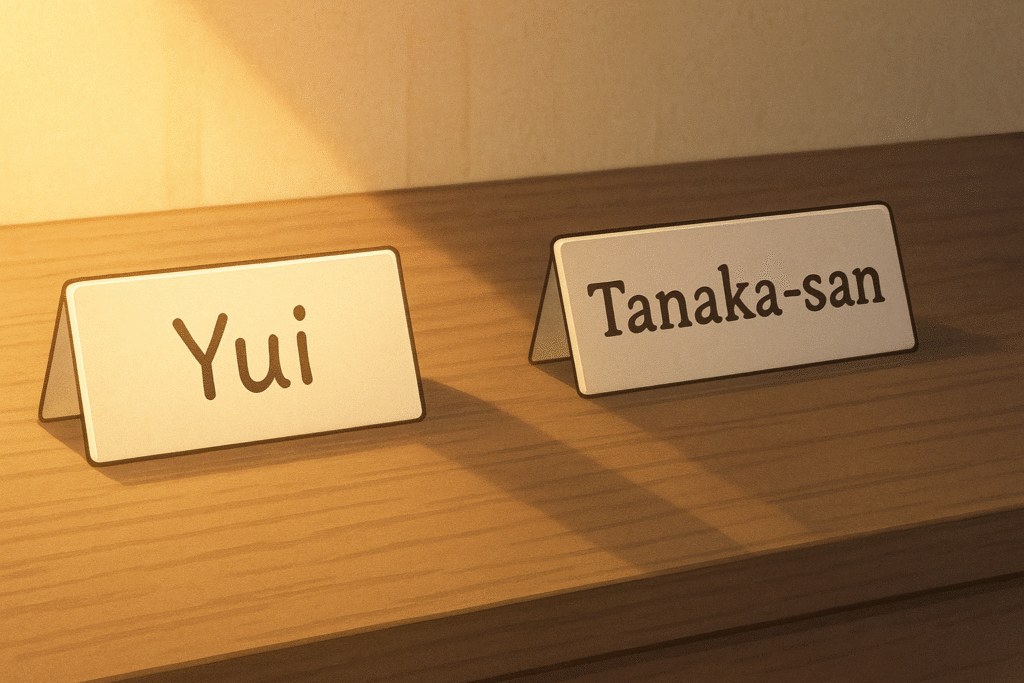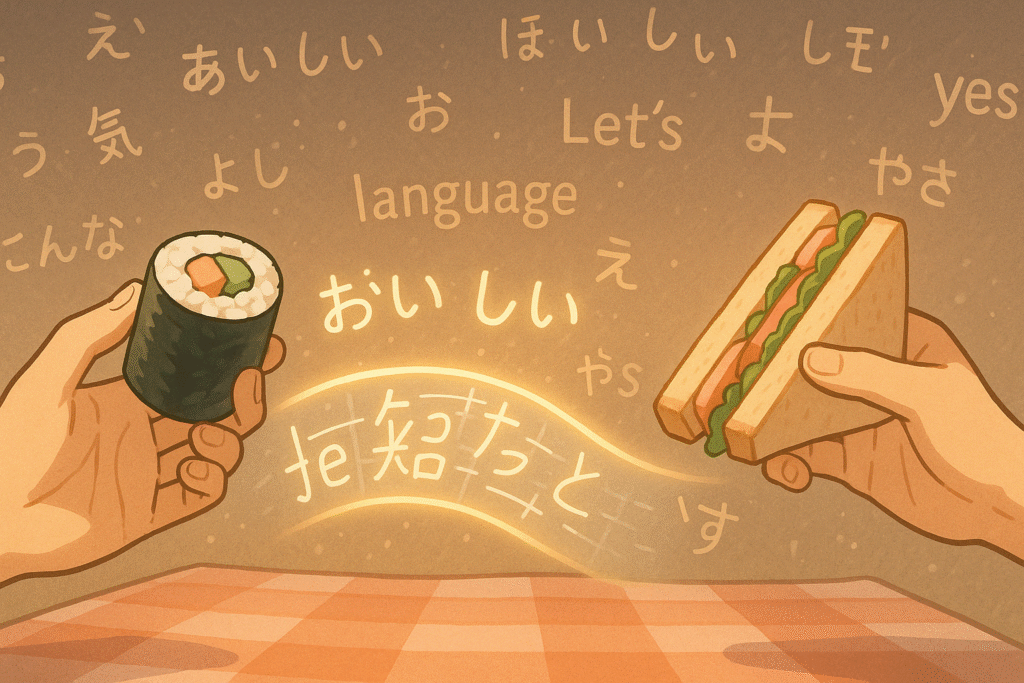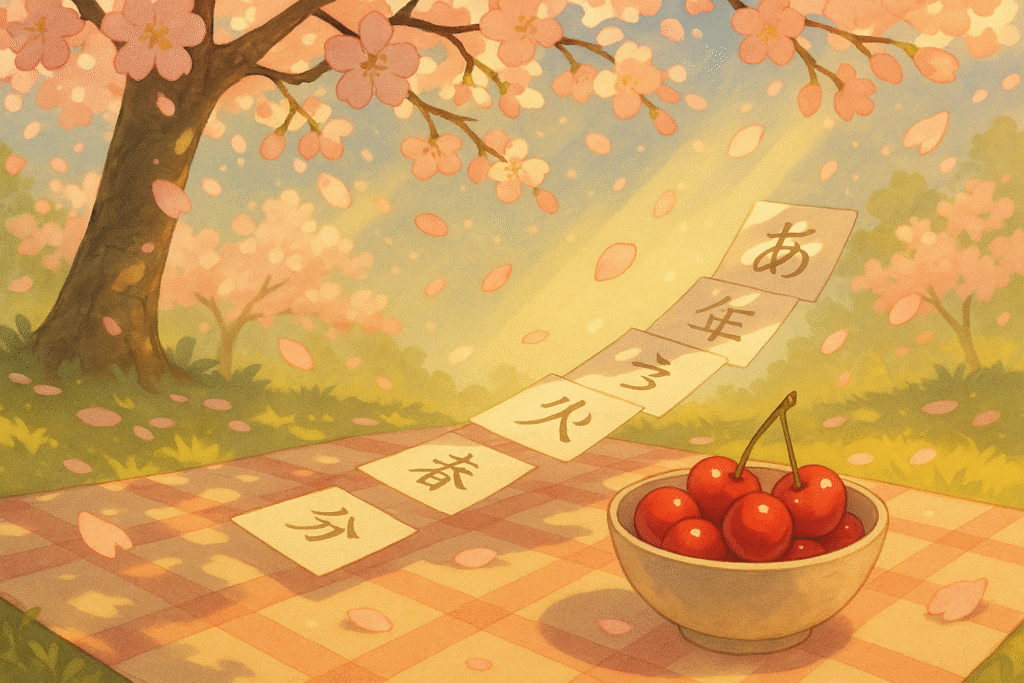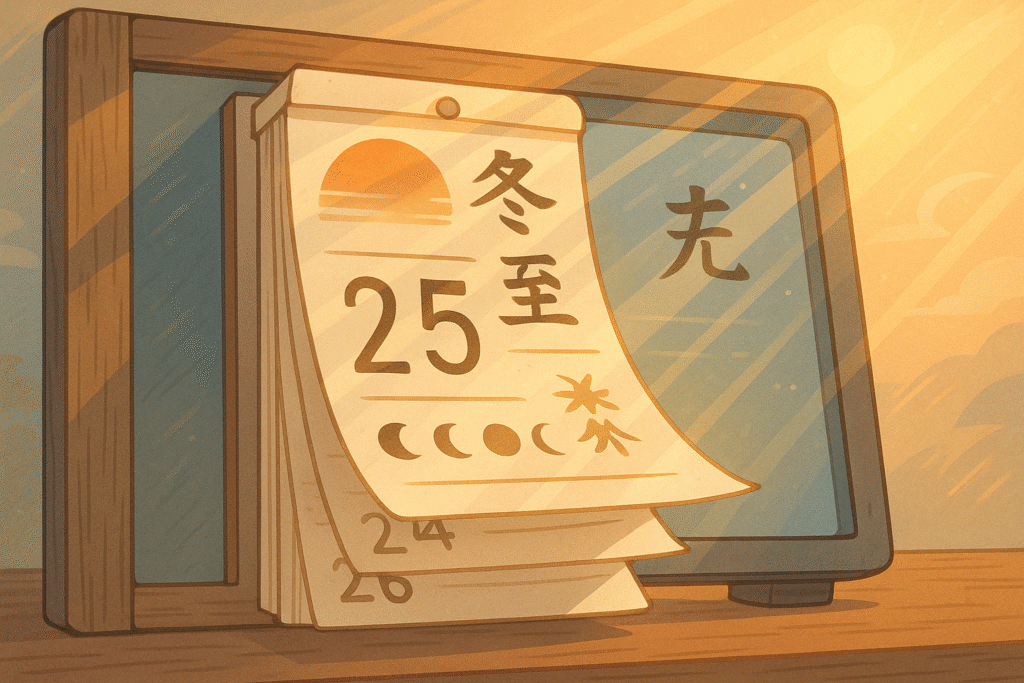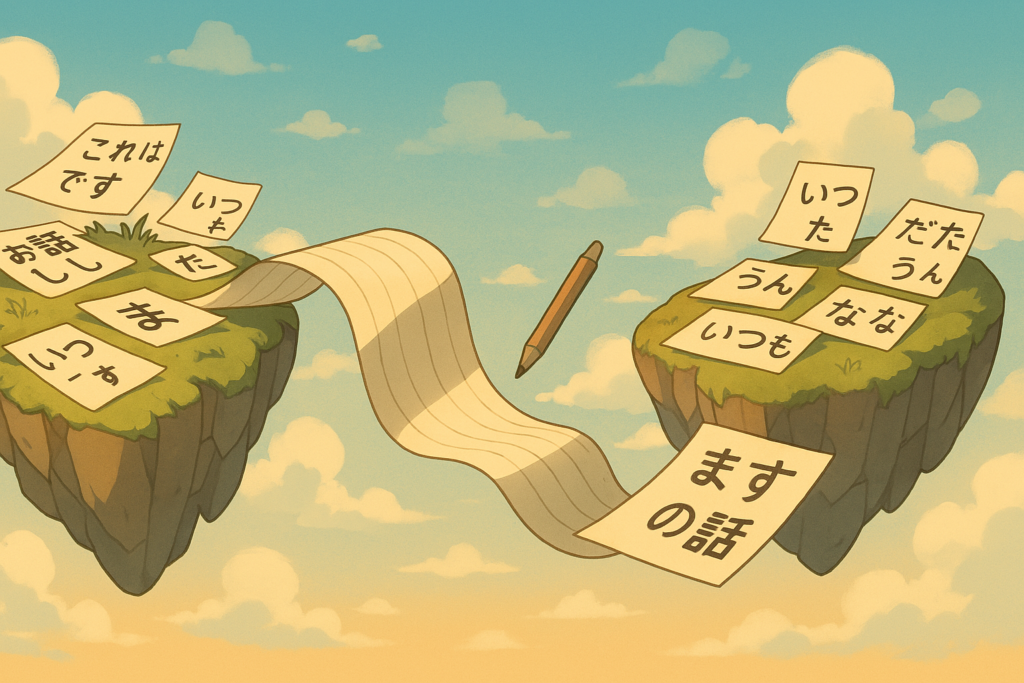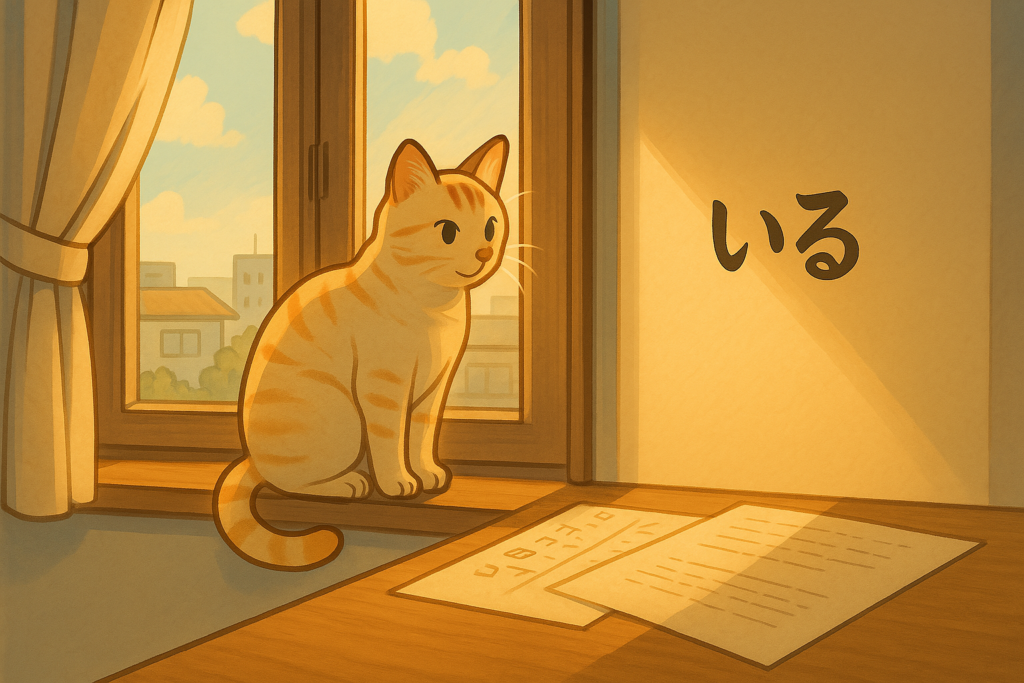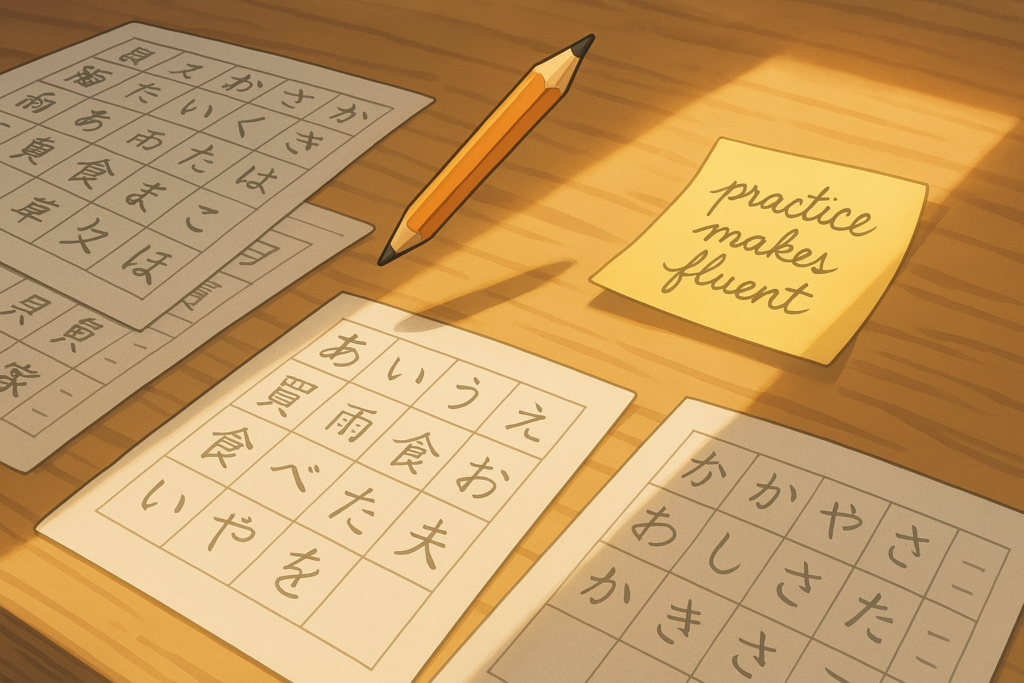10 Fun Ways to Say Cute in Japanese
Have you ever been captivated by the way Japanese language expresses cuteness? Japan’s fascination with all things adorable has created a rich vocabulary that goes far beyond the well-known “kawaii.” Whether you’re an anime enthusiast, a language learner, or simply curious about Japanese culture, understanding these expressions adds a delightful dimension to your Japanese journey. […]
10 Fun Ways to Say Cute in Japanese Read More »


